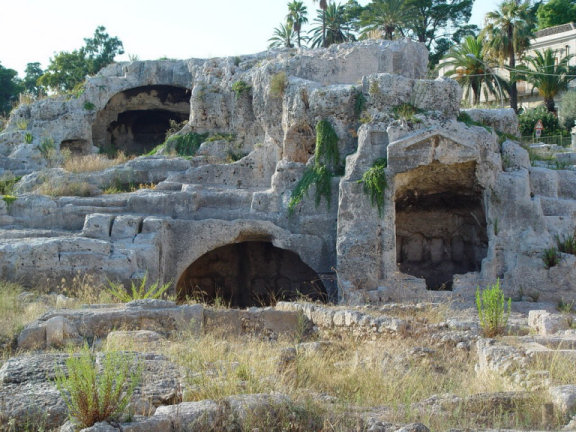


The tomb however is known to date from at least two centuries after Archimedes’ death and to be of Roman origin. At the bottom of the page, is a photograph of a tomb in Syracuse in the Necropolis of Grotticelli, which is referred to as “Archimedes’ Tomb”. If one then clicks on the “illustrations” link at the top of the page, we are taken to a page that provides five depictions of the event. Cicero reports how he found the neglected tomb and had it restored to a more pristine state. In Cicero’s except from the Tusculan Disputations (Book V, Sections 64-66), we read of his discovery of the tomb. Tomb of Archimedes: The introductory page of this section includes excerpts from the writings of Plutarch, John Tzetzes, Cicero (106-43 BCE), and a poem by William Wordsworth (1770-1850) commenting on Archimedes’ tomb. Rorres also provides pictures of various attempts at constructing scale models of the claw. There is a link at the top of the page which brings you to illustrations and animations of claw in action. In this section, there are excerpts from the writings of Polybius, Livy, Plutarch, John Tzetzes (12th century CE), and John Zonaras (12th century CE), about the use of this grappling defensive weapon. For example, on this page, we find images of old coins engraved with the likeness of Herio II (306?-215 BCE) and Hannibal (247-183BCE) a portrait of Marcellus (268-208BCE), the Roman consul who conquered Syracuse and a portrait of Archimedes, with compass in hand.Īrchimedes’ Claw: Polybius mentions, in his account of the siege of Syracuse, the use of a type of mechanical claw, designed by Archimedes, to defend the city.

One nice feature of this page, and others on this site, is the pleasant use of images to augment the written contents. Polybius writes about the clever military machines Archimedes devised to defend his city from attack. We are told that Polybius’ account is most trustworthy since he may have had access to survivors of the siege. Siege of Syracuse: The introduction provides a perspective of the history that led up to the siege of Syracuse., There are links to excerpts from works of several classical authors including the Greek Polybius ( c. I will specifically share a little of what I discovered in three of these sections. There follows 20 sections, all worthwhile. 287 BC in Syracuse, Sicily, death, 212 or 211 BCE, killed by a Roman soldier during the Siege of Syracuse, etc. The home page provides some biographical facts about Archimedes, including his birth, c. This website is a collection of Archimedean miscellanea, compiled by Chris Rorres of the University of Pennsylvania.


 0 kommentar(er)
0 kommentar(er)
